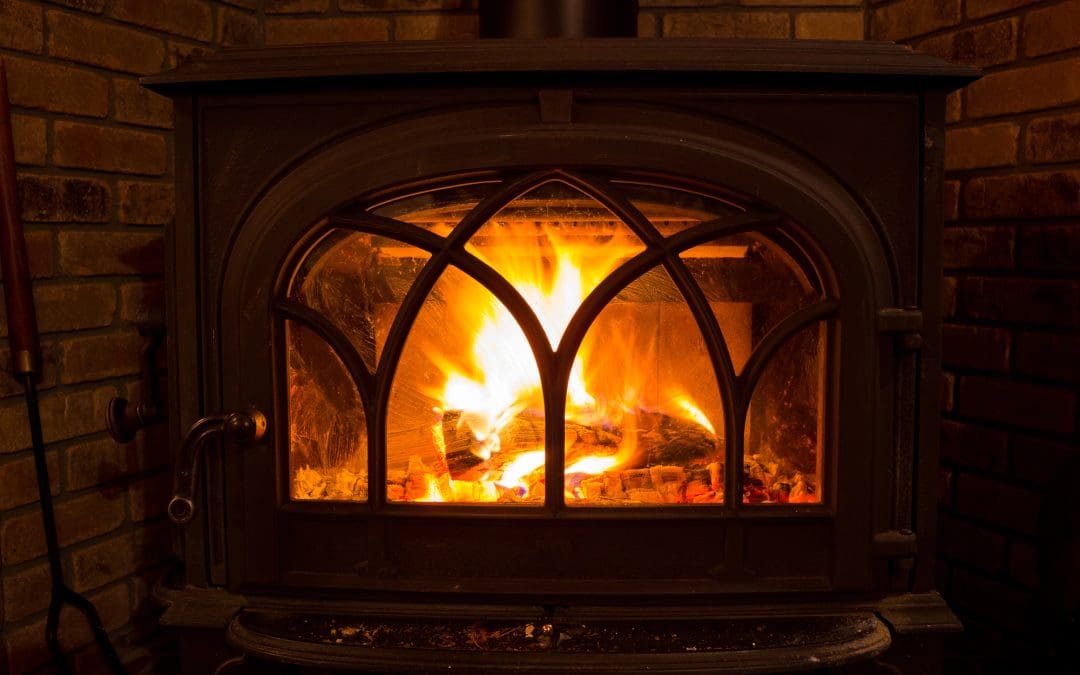A wood stove adds charm, warmth, and a rustic ambiance, making it a popular choice for those looking to reduce heating costs or simply enjoy the cozy crackle of a fire. However, using a wood stove comes with its own set of considerations for safety and efficiency. These tips will guide you through everything from proper operation to maintenance.
Using a Wood Stove Starts with Selecting the Right Wood
One of the most crucial aspects of using a wood stove is the type of wood you burn. Seasoned hardwoods like oak, maple, and ash are the best choices because they burn hotter and longer compared to softwoods like pine or spruce. It’s important that the wood is properly dried or “seasoned,” which typically takes at least six months. Burning green or unseasoned wood creates more smoke, leads to creosote buildup in the chimney, and diminishes heat output. Always aim for wood with a moisture content below 20%, which you can check using a moisture meter.
Building the Perfect Fire
The way you build your fire affects the stove’s efficiency and heat output. Start by opening the stove’s air vent to allow for proper airflow. Begin with a layer of crumpled newspaper or fire starters at the bottom, followed by kindling, which consists of small, dry sticks or thinly split wood. Once your kindling is burning steadily, add larger logs. Leave enough space between the logs for good air circulation. If the fire is smoldering or producing too much smoke, it’s likely that your logs are too close together or the air vent is not open enough.
Managing Creosote Buildup
Creosote is a highly flammable substance that accumulates inside your chimney as a byproduct of burning wood, especially when it isn’t burned efficiently. To minimize creosote buildup, always use well-seasoned wood, maintain proper airflow, and keep the fire burning hot enough to fully combust the wood. Cooler fires are more likely to produce creosote, so avoid burning overly large logs that smolder rather than burn cleanly. It’s also important to have your chimney professionally inspected and cleaned at least once a year to prevent dangerous creosote fires.
Regular Stove and Chimney Maintenance
Routine maintenance is essential for the safety and efficiency of your wood stove. Start by cleaning the stove itself. Remove ash regularly, but leave a small layer at the bottom as it helps insulate the fire. Check the stove’s door seals to confirm they are airtight, as leaks reduce efficiency and allow smoke to escape into the room.
The chimney requires special attention. Creosote, debris, and even small animals can block the flue, posing a fire hazard or preventing proper ventilation. A professional chimney sweep will clean the chimney, inspect for damage, and make sure that the flue is operating correctly. For homeowners who frequently use their wood stoves, it may be wise to schedule more frequent inspections, especially during heavy-use seasons like winter.
Ash Disposal
Ash removal is a necessary part of wood stove maintenance, but it should be done with care. Hot embers can remain in the ashes for days, so always use a metal container with a tight-fitting lid when removing ash from the stove. Store the container outdoors on a non-combustible surface, away from structures or flammable materials. Once the ashes have cooled completely, safely dispose of them. Some homeowners repurpose ashes for gardening or ice control on walkways.
A wood stove is a wonderful addition to any home, offering warmth and ambiance. Using one efficiently and safely requires attention to detail, from selecting the right wood to maintaining proper airflow and scheduling regular cleanings. Follow these tips, and you’ll enjoy the comfort of your wood stove while keeping it a safe and efficient heat source.
Wood Stove FAQs
How often should I remove the ashes from my wood stove?
It’s recommended to remove ashes after every few fires or when they start to build up more than an inch at the bottom. Leaving a thin layer of ash (about ½ inch) actually helps insulate the stove, making it easier to start and maintain a fire. Always confirm that ashes are completely cooled before disposal.
Can I cook on a wood stove?
Yes, many homeowners use the top of their wood stove to cook food or heat water, but you should do so with caution. Only use cookware that can withstand high temperatures, and check that the stove is stable and level. Cooking on a wood stove is a fun way to save energy, but make sure you monitor the stove to avoid overheating or spilling flammable liquids.
What’s the best way to store firewood?
Store firewood in a dry, well-ventilated area. It’s ideal to stack wood at least a foot off the ground and cover the top with a tarp, leaving the sides open for airflow. Avoid storing firewood directly against your home or indoors to reduce the risk of pest infestations or moisture damage.
How do I know if my wood stove is producing too much creosote?
If you notice an increase in dark, sticky residue inside your stove or on the flue, that’s a sign of creosote buildup. Also, if your fires produce a lot of smoke, take longer to burn, or if there’s a strong, acrid smell when burning wood, you may be accumulating creosote. Regular professional chimney inspections are the best way to make sure creosote isn’t building up excessively.
First Impression Home Inspections provides inspection services in the Shenandoah Valley. If you’re buying or selling a home, contact us to request an appointment.

